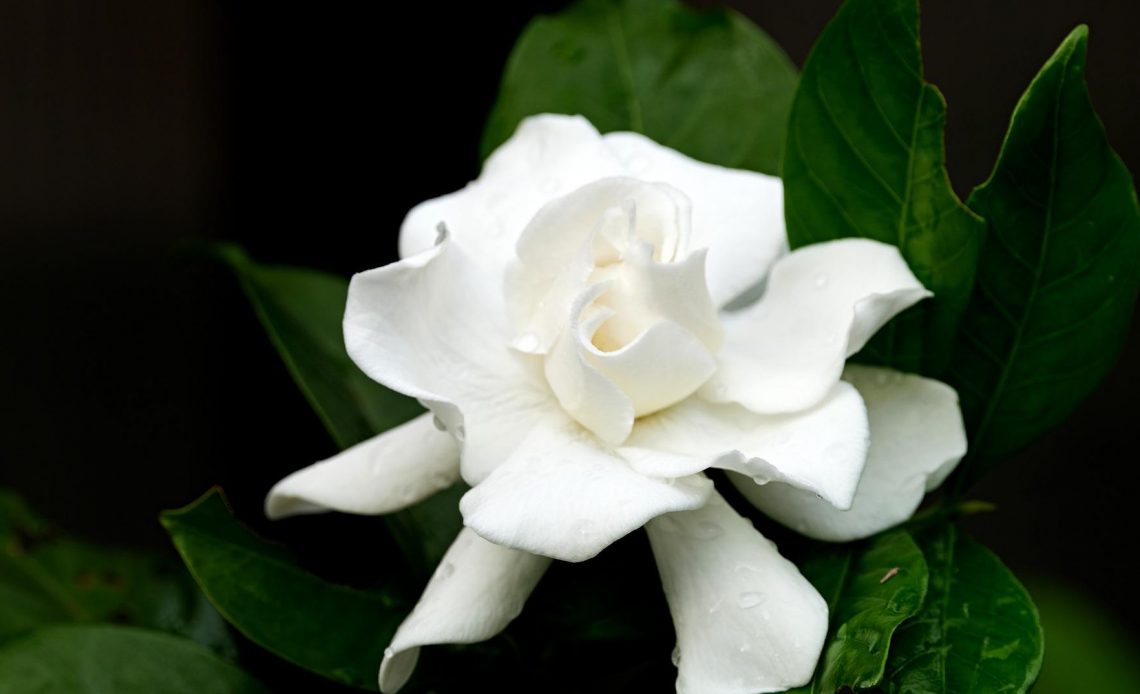

We’re here to help! Wild Yards is a completely free website that is 100% dedicated to helping you create a wildlife-friendly, sustainable yard. Read more
WildYards is reader-supported. When you buy a product through a link on our site, we may earn a comission. Every product is independently selected by our (obsessive) editors and our reviews are unbiased and objective. Read more about our mission or our privacy policy.
Gardenias can be some of the most rewarding plants you’ll ever grow in your wild yard. You’ll also be interested in growing them to attract pollinators and various creatures to watch fluttering around. But, do butterflies like gardenias – or do they prefer other types of flowers?
Butterflies don’t appear to like feeding on gardenias. Interestingly, gardenias tend to attract moths more than their sun-loving cousins. Butterflies tend to prefer bolder-colored flowers with more reliable sources of nectar.
Why don’t butterflies like gardenias?
Butterflies will visit gardenias if there are no other blooms available – their white flowers are unlikely to appeal to them outright. Butterflies prefer fiery colors, such as reds, oranges, and yellows, which they can see easily out in the open. While gardenias have strong scents, butterflies often rely on visual appeal.
Gardenias are also fairly complex in their appearance, with many appearing double-flowered. This can be difficult for butterflies to feed on, and if there is no clear spot for the pollinators to rest while eating, they will head for an alternative plant. Unlike bees and hummingbirds, butterflies cannot feed while hovering, meaning they will need a perch.
Gardenias have large leaves that can prove a comfortable landing space for pollinators such as butterflies. Anecdotal evidence suggests that this still may not be enough to encourage visitation.
Gardenias are also famously ‘stubborn’ because they can take a long time to start flowering, and when they do, it is not usually for an extensive period. Gardenias can take up to three years to sprout fully from seed, and when they are in full bloom, they may only ‘present’ for a whole season. Butterflies may have evolved to recognize these flowers as rarely available for nectar harvesting.
Which flowers are best at attracting butterflies?
You will more likely attract nectar-hunting butterflies with large, colorful blooms such as sunflowers, zinnias, lantanas, daisies, and dianthus. Butterflies show a clear preference for flowers and plants that grow out in the open sun, as they will only fly into shaded areas when necessary.
While gardenias can grow well in full sunshine, they will be overlooked by flatter, single-flowered plants that butterflies can pop into and drink from at short notice. Common garden butterflies such as the Painted Lady will look for convenience during a hunt – so more complex, double-flowered plants such as the gardenia only receive attention in dire circumstances.
Other double-flowers that can attract butterflies but may struggle to bring large crowds include roses, which can be difficult for pollinators to access.
Flowers such as daisies and sunflowers are preferred over gardenias because they are famously packed with pollen and nectar. These plants, in particular, boast scores of tiny ‘micro flowers’, making them ideal for frequent feeding. The sunflower can also make for an ideal host plant, or nursery, for butterfly larvae.
Do gardenias attract any other pollinators?
Curiously, while gardenias aren’t typically high on the menu for butterflies, they are preferred by moths. As nocturnal creatures, moths will flock to blooms that smell most fragrant after sundown. This is where the gardenia comes into its element – while it may bloom during daylight hours, it smells strongest after dark.
Moths also prefer gardenias as they’ll have no competition over the flowers after dark. Gardenia visitors such as honeybees, flies, and wasps will attend the flowers during the day, leaving a feast for these butterfly cousins after dark.
The fact gardenias bloom in a bright white also means moths flock to them in droves. While this coloring may not appeal to the more fanciful tastes of the roving butterfly, moths are famously attracted to bright lights and reflections.
Moths partaking in nectar from gardenias overnight may also explain why butterflies avoid the flowers in the daytime. There may not be enough left to go around – as the moths have had their fill, uninterrupted, during the twilight hours.
Are gardenias worth growing?
Gardenias are delightful flowers that will add a gorgeous, creamy spray to any garden – but you can’t rely on them to attract butterflies. That certainly doesn’t mean they are to be avoided – provided you put the time and effort in, your garden will still benefit from extra pollination from local moths. Regrettably, you simply won’t be able to see this wild action during the daytime!
My advice would be to grow a variety of butterfly-friendly flowers alongside gardenias – and you’ll welcome a host of pollinators both day and night.
